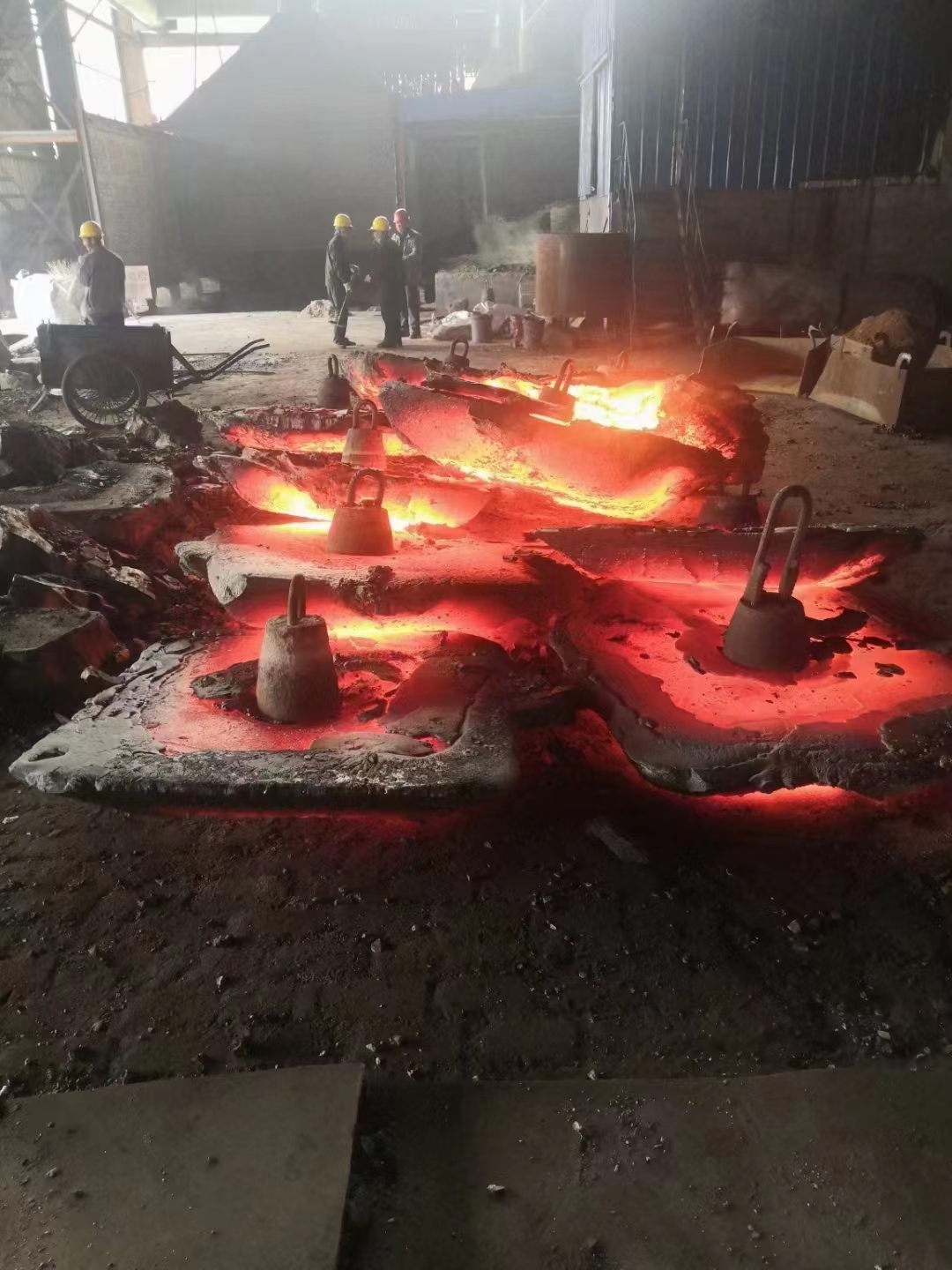Traditionally, certain pure metal additives and oxide additives are also included. Ferroalloys are commonly used as deoxidizers to remove oxygen from molten steel during the steelmaking process. Some ferroalloys can also remove other impurities such as sulfur and nitrogen from steel. Alloy additive: According to the composition requirements of the steel, alloy elements are added to the steel to improve the performance of the steel. Inoculant: Add molten iron before casting cast iron to improve the crystalline structure of the casting.
What are the smelting technologies for ferroalloys?
(1) Flux method: The flux method for smelting iron alloys uses carbon materials, silicon, or other metals as reducing agents. During production, slag forming materials are added to adjust the composition and properties of the slag. For example, using alkaline slag operation to produce high carbon ferromanganese.
(2) Flux free method: Flux free method generally uses carbon materials as reducing agents in the production of ferroalloys, and it is not necessary to add slag forming materials to adjust the composition and properties of the slag during production. If manganese ore is used, acidic slag operation is used to produce high carbon ferromanganese, while obtaining low phosphorus and rich manganese slag.
(3) Slag free method: Slag free method is used to smelt iron alloy using carbon reducing agent, silica, or remanufactured alloy as raw materials, and continuously smelt in a reduction furnace. Products such as ferrosilicon, industrial silicon, and silicon chromium alloy are produced.
(4) Slag method: Slag method is used to smelt ferroalloys in a reduction or refining electric furnace, using a reasonable slag type system and alkalinity to produce ferroalloys. The slag iron ratio is affected by various varieties and corresponding raw material conditions, and is generally 0.8 to 1.5. Products such as high carbon ferromanganese, manganese silicon alloy, high carbon ferrochrome, etc.
(5) Continuous smelting method: Continuous smelting method refers to the continuous feeding of materials into the furnace according to the decline of the material level at the furnace mouth, while the alloy and slag accumulated in the furnace molten pool are regularly discharged. With submerged arc reduction smelting, the operating power is almost balanced and stable.
(6) Intermittent smelting method: Intermittent smelting method refers to the smelting process of adding furnace charge in a centralized or batch manner into the furnace. Generally, there are two stages: melting and refining, during which the electrode is buried in the furnace charge; During the refining period, the electric arc is exposed, while during the refining period, the electric arc furnace is exposed. After the refining is completed, the alloy and slag are discharged, and then new materials are loaded to continue the next smelting process. Due to the periodic process of batch smelting, it is also known as periodic smelting. Due to the different operating process characteristics in different smelting periods, the operating power is also different. Intermittent smelting method is adopted for smelting medium and low carbon ferromanganese, medium, low, and low-carbon ferrochromium.



